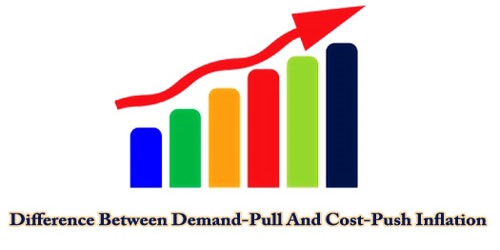The Balance of Trade (BoT) is the difference between a country’s imports and exports of commodities during a given year. It is the most important component of the country’s current account in the Balance of Payments. It simply maintains track of tangible stuff. The balance of trade (BoT) is also known as the international trade balance.
It is a component of the balance of payment; the balance of trade simply refers to goods export and import. It depicts the fluctuation in a country’s merchandise imports and exports to the rest of the world over time. Economists use the BoT to calculate a country’s economic associative power.
The Balance of Payments (BoP), sometimes known as the balance of international payments, is a statement of all transactions between entities in one country and the rest of the world during a set period of time, such as a quarter or a year. It aggregates all public-private investments to determine the amount of money flowing into and out of the economy over time.
In other words, the BoP is a set of accounts that records all of a country’s business dealings with the rest of the globe over a given time period. If the BOP is zero, it suggests that both the debits and credits are equal; however, if the debt exceeds the credit, it indicates a deficit; nevertheless, if the credit exceeds the debit, it indicates a surplus.
The following are the major differences between the balance of trade and balance of payments:
Balance of Trade (BoT) –
- The balance of trade, or BoT, is a financial statement that shows how much a country imports and exports from the rest of the world.
- The balance of trade is computed by subtracting the value of goods imported from the value of products exported.
- The Balance of Trade can show a surplus, deficit or it can be balanced too.
- The balance of trade portrays a partial picture of foreign exchange.
- It is concerned with a country’s net profit or loss from the import and export of goods.
- The Balance of Trade is only half of the story when it comes to a country’s economic situation.
- Transactions related to goods are included in BoT.
- The net effect of the balance of trade can be positive, negative, or zero.
- Capital and unilateral transfers are not included in the balance of trade.
Balance of Payment (BoP) –
- The balance of payment, often known as the BoP, is a financial statement that records all of a country’s economic dealings with the rest of the world.
- The balance of payments on a current account and the balance of payments on a capital account can be added together, or the net balance between inflows and outflows of foreign exchange can be found.
- On the other hand, the Balance of Payments is always balanced.
- The balance of payments, on the other hand, provides a holistic picture.
- It is concerned with the correct accounting of the nation’s transactions.
- Balance of Payments, on the other hand, provides a comprehensive picture of a country’s economic situation.
- Transactions related to transfers, goods, and services are included in BoP.
- The net effect of the balance of payments would always be zero.
- Capital and unilateral transfers are major parts of the balance of payments.
With the use of a Balance of Trade (BoT) and a Balance of Payments, every country in the world maintains track of the inflow and outflow of money in its economy (BoP). They reflect the current state of the economy as a whole. Analysis and comparisons of how much trade has increased or reduced since the past period may also be done with the help of BOT and BOP.
















